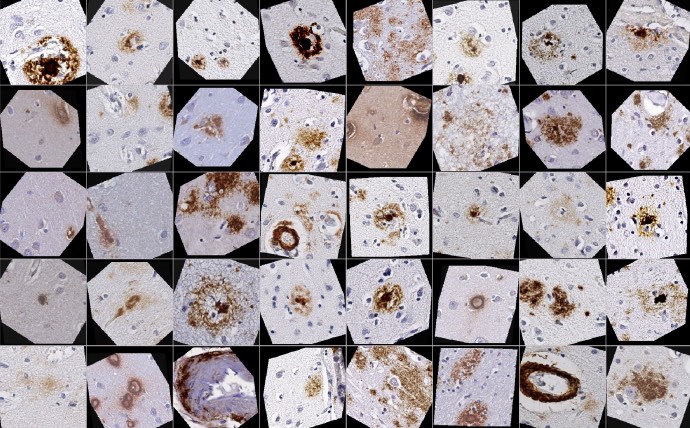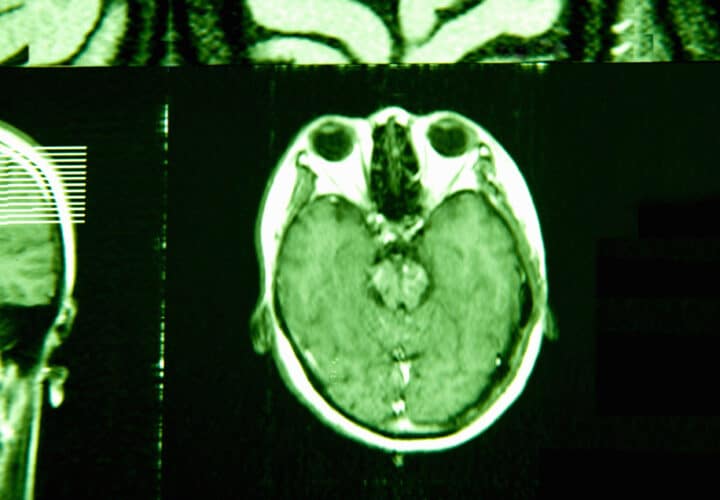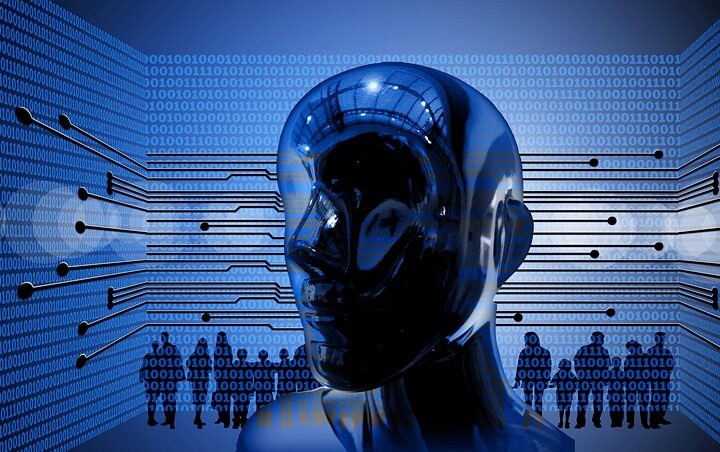There’s more proof that machine learning can greatly aid in the diagnosis of Alzheimer’s disease. The latest study, conducted by researchers at UC Davis and UC San Francisco, used artificial intelligence to detect amyloid plaques in the brains of deceased patients, automating the work typically done by pathologists.
The findings concluded that machine learning was extremely accurate in analyzing the type of amyloid plaque found in the brain. Beta-amyloid plaque are clumps of protein fragments in the brains of people with Alzheimer’s disease that destroy nerve connections. The tool developed by the University of California scientists allows them to analyze thousands of times more data than even the most experienced pathologist would have access to but doesn’t replace their job completely.
“We still need the pathologist,” said Brittany N. Dugger, PhD, an assistant professor in the UC Davis Department of Pathology and Laboratory Medicine at UC Davis and lead author of the study. “This is a tool, like a keyboard is for writing. As keyboards have aided in writing workflows, digital pathology paired with machine learning can aid with neuropathology workflows.”
The scientists trained the computer to identify and analyze tiny amyloid plaques in the autopsied human brain tissue. They designed a “convolutional neural network” (CNN), that could recognize patterns based on thousand of human-labeled examples. Those examples were created from a collection of half a million of close up images of tissue from 43 healthy and diseased brain samples.
The UCSF team used a database of tens of thousands of labeled example images to train their CNN machine-learning algorithm to identify different types of brain changes seen in Alzheimer’s disease. That includes not only identifying different types of plaques but also identifying abnormalities in blood vessels. The researchers showed that their algorithm could process an entire whole-brain slice slide with 98.7% accuracy.
“It’s a co-pilot, a force multiplier that extends the scope of what we can accomplish and lets us ask questions we never would have attempted manually. For example, we can look for rare plaques in unexpected places that could give us important clues about the course of the disease. ” says Michael J. Keiser, PhD, an assistant professor in UCSF’s Institute for Neurodegenerative Diseases and Department of Pharmaceutical Chemistry.
The data is available online for other researchers to use.
This latest AI study comes at a time many researchers are using machine learning not only post mortem but as a means to diagnose cognitive decline in people who don’t yet have a diagnosis of Alzheimer’s disease. A recent study found an algorithm was able to detect Alzheimer’s an average of six years before a patient got a diagnosis.
There are also precision medicine companies using artificial intelligence to give people a profile of their potential for getting Alzheimer’s to offer early intervention strategies for prevention and treatment.


